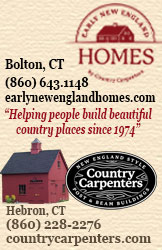
Home Structural Products & Services, Stairlifts
Structural Products & Services, Stairlifts
Furniture, Clocks,
Accessories
Antiques, Folk Art,
Fine Art, Auction Houses
COLONIAL CLASSIC
 |
RESTORATION OF A NEW ENGLAND FARM: |
| Talk about old homes, South Street in Coventry has the Nathan Hale Homestead, built in 1776. If that isn’t old enough for you, Nathan Hale’s great-uncle, Aaron Strong, built his place, now called the Porter-Strong House, just down the street in 1730. Along South Street’s bucolic miles, the traveler is rewarded with frequent views of lovingly restored Colonial farmhouses. This book is a realistic blow-by-blow account, illustrated with over a hundred photographs, of how Tom and Sue Crossen, with the help of various craftsmen, transformed the historic 1809 Booth-Dimock Homestead from a near-wreck to one of the gems of South Street. |
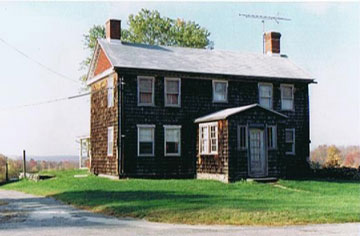 |
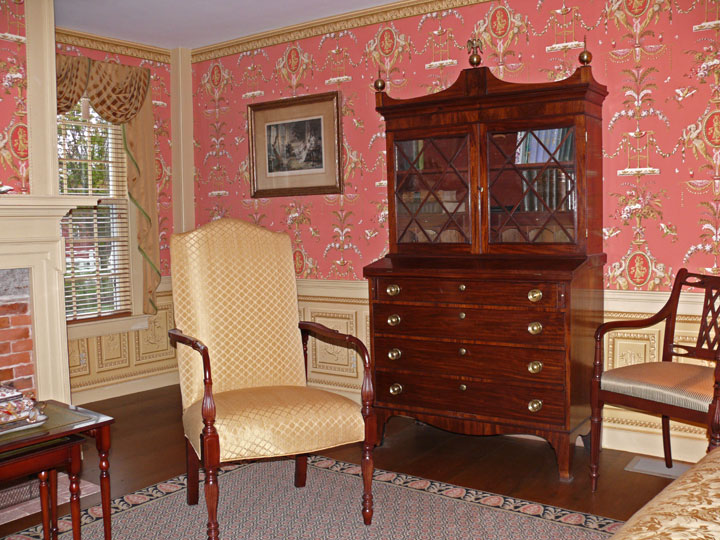 |
The Crossens both grew up in “The Quiet Corner” of Connecticut, married young, raised a family and worked together to build a general contracting company, Crossen Builders, based in Tolland. One day in 2001, Tom checked an old place that he heard was for sale on South Street. Right away, before he knew the history of the place, Tom became convinced that he was meant to restore the home, two barns, and 92 acres of fields overgrown with brush to their original glory, and that the place would be his and Susan’s home. In the beginning there was some thought of fixing up the house and subdividing part of the land; but, as they learned the history of the place, they became convinced that the entire farm should be preserved.
Susan was daunted at first by the tremendous amount of work and expense she saw ahead. “As time passed,” she writes, “the more of me that went into the place, the less I resisted…Eventually, it came to the point where my mission was to make our new residence as functional and comfortable as possible. “ Later on she admits that “the stress was pretty intense and the amount of work that needed to be done was oftentimes overwhelming…Complicating things further was the need to find a diverse group of talented craftsmen, subcontractors, suppliers and workmen that were skilled in this type of work.” This being Connecticut, they found everyone they needed close by. The camaraderie that grew up during the five years of the restoration is now part of the history of the homestead.
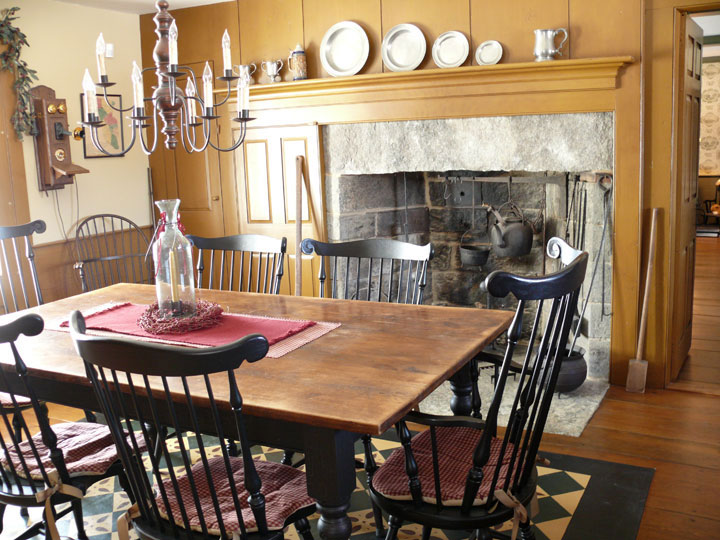 |
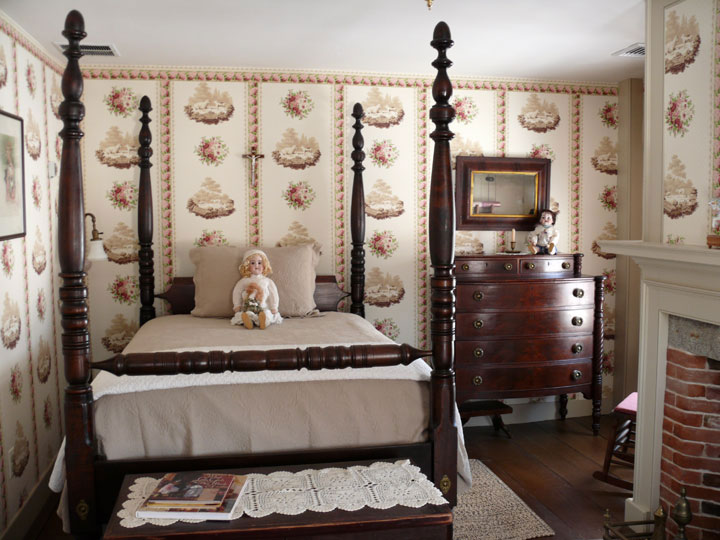 |
In 1856 Harriet Beecher Stowe wrote, “Whoever has traveled in the New England States will remember, in some cool village, the large farm-house, with its clean-swept grassy yard, shaded by the dense and massive foliage of the sugar-maple; and remember the air of order and stillness, of perpetuity and unchanging repose, that seemed to breathe over the whole place.” This is what the Booth-Dimock Homestead has returned to. Something more than a showcase stands on these acres, the survival of what is best from the long-ago past, a dignified simplicity almost lost in the march of progress.
RESTORATION OF A NEW ENGLAND FARM: The Booth-Dimock Homestead
Susan R. Crossen and Thomas J. Crossen
Two Harbors Press restorationofanewenglandfarm.com

